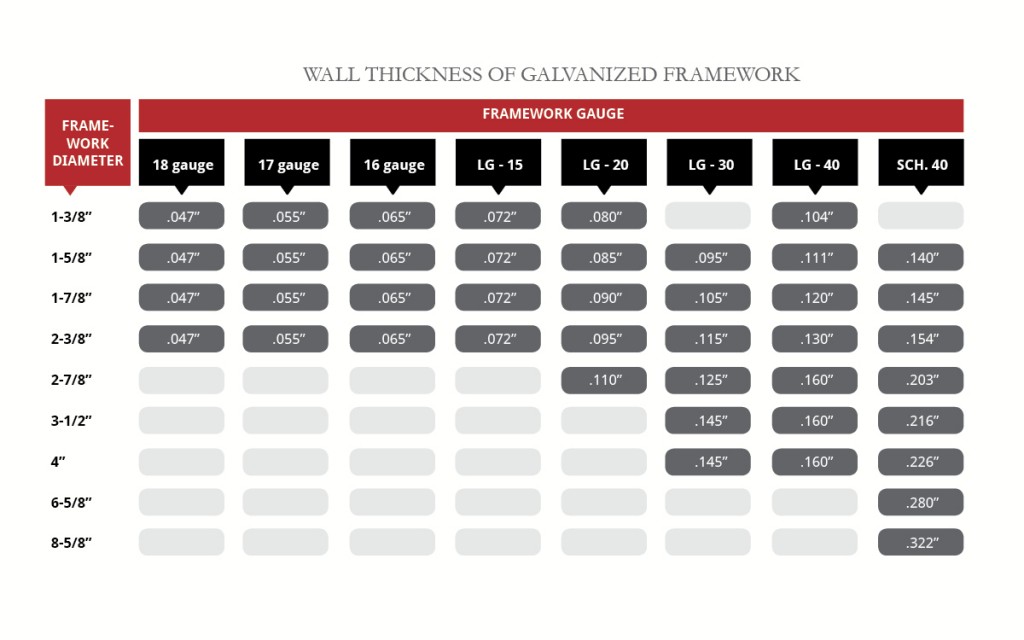

The quality and strength of galvanized fence wire can vary enormously depending on the exact type of steel used, so it’s very hard to provide a fixed tensile strength for this type of wire, except to say that the type of wire used for chain link mesh will usually be between 440 and 785 MPa. Other wire gauges and diameters might be available, but these are the most commonly used. We’ve created this chart of the most common wire gauges (with corresponding diameters) and most commonly used metric diameters. There are several ways to measure the thickness of galvanized fence wire, but the most common method is gauge or diameter in millimeters. What Are the Most Common Galvanized Fence Wire Gauges or Diameters? Small quantities usually cost more though, because there’s more work involved in unrolling it from a master coil. Most fence suppliers sell galvanized fence wire in prepackaged weights, but some might sell you some by meter or foot, or by the pound or kilogram.

So, you can calculate how much wire will be on a coil based on the weight of the coil. Galvanized fence wire is usually sold by weight, and there’s a theoretical quantity for each diameter per kilogram or pound. So, it’s definitely one of the more versatile and ubiquitous fence materials out there! How Is Galvanized Fence Wire Sold? These are just some of the ways that galvanized fence wire is used in the fencing industry. Turned into field fence, game fence or veldspan, depending on where you happen to be.Preformed into fence ties (usually in north America).Being welded into welded mesh fence fabric or panels.

There are many different ways that wire could be used in fencing. So, if you are installing a fence in a very corrosive environment like an industrial plant or near the ocean, you definitely want to choose a better quality of galvanizing. Generally, the higher the grade and the more galvanizing, the more corrosion resistant the wire will be. Sometimes, this is expressed as a grade or class, like class A and class C, and sometimes it’s specified as the amount of galvanizing in ounces, like 1.6oz or 2.0oz. Wire Galvanizing Grades or Classesĭifferent types of galvanized fence wire might have different amounts of galvanizing too. Generally, wire that is galvanized after welding or weaving has a thicker layer of zinc on the surface of the steel, which means it is likely to be more corrosion resistant. These are also referred to as GBW and GAW in some cases. Galvanized Before Welding and Galvanized After Welding WireĪnother important thing you should know about galvanized fence wire is that it can be galvanized before welding or weaving or galvanized after welding or weaving. If the product you are considering buying is made from high tensile steel, it will probably state it in the product data, and this usually applies to agricultural fence products and sometimes electric fence wire. Most galvanized fence wire is made from mild steel however, some types of wire are made from high tensile steel. Here’s what you need to know about galvanized fence wire. It’s used on its own, pre bent into various components, welded, and woven to make fence fabric and panels, and used for all kinds of other things. Galvanized fence wire is one of the most commonly used materials in the fence world.


 0 kommentar(er)
0 kommentar(er)
